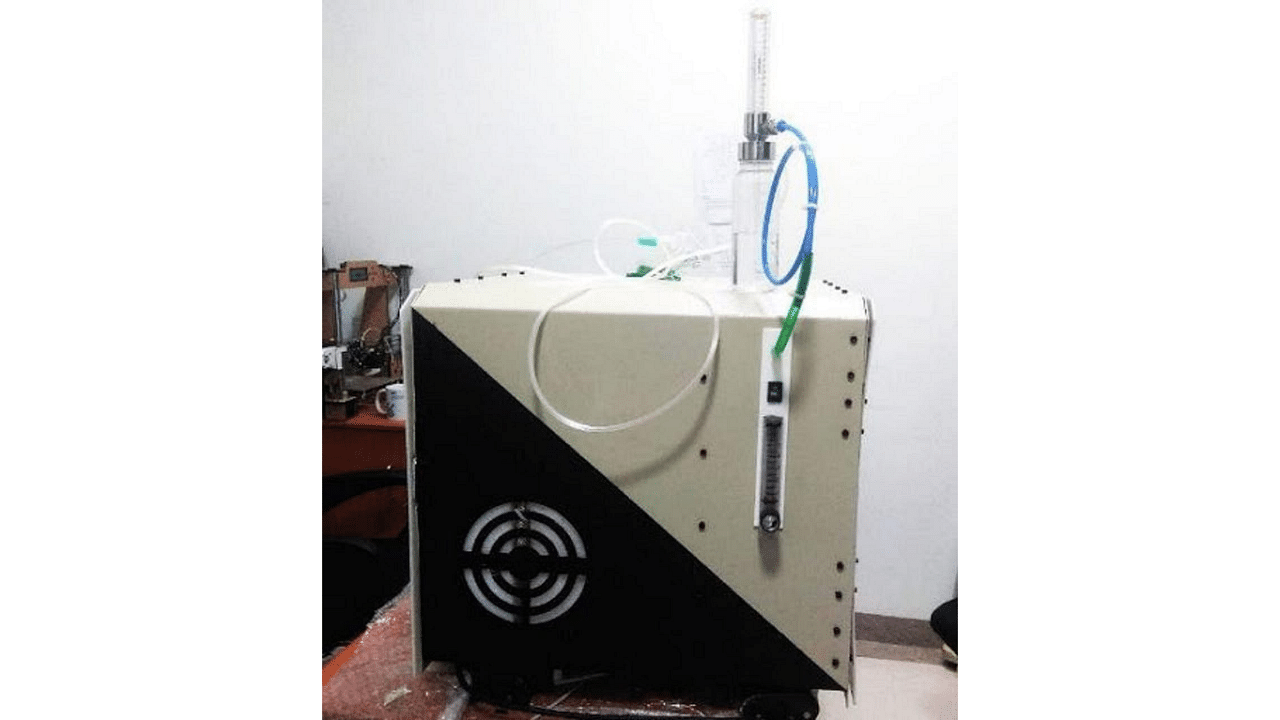
The Bhopal-based Indian Institute of Science Education and Research (IISER) have developed a one-of-its-kind oxygen concentrator Oxycon, to bring a solution to tackle the oxygen shortage crisis amid the second wave of Covid-19.
The developed device is capable of providing 93% to 95% of oxygen up to 3 lit/min of flow rate and costs less than Rs. 20000.
Dr. Mitradip Bhattacharjee, Assistant Professor, Department of Electrical Engineering and Computer Science (EECS), and Dr. Venkateshwar Rao, Assistant Professor, Department of Chemical Engineering, along with Dr. P.B. Sujit and Dr. Santanu Talukdar from the EECS Department, have developed this affordable device that can be used if a patient needs oxygen support at any stage during the ailment.
Appreciating the innovators’ efforts Prof. Siva Umapathy, Director, IISER Bhopal, said, “The device Oxycon has been developed using the open-source technology and material that has helped us to develop the device at low cost, and therefore once approved, it can be used anywhere from small villages to big cities due to its affordability.”
The developed device is portable, customizable, and easy to deploy. It has a compressor that takes ambient air and passes it through columns having material named zeolite under an optimized pressure. Two such columns are used in alternate cycles and electronically controlled valves are used for this purpose to make it automatic and provide a continuous oxygen supply. The material, zeolite, absorbs nitrogen from the air and throws it back to the atmosphere, hence the concentration of oxygen increases in the air at the outlet. The valve controls are achieved using a programmed microcontroller based circuit.
Speaking about further improving and commercializing the innovation, Dr Bhattacharjee said, “This system prototype has already been developed and compared with the commercial systems currently available at the market and we have received positive outcomes. We are actively looking for industrial collaborations to further improve and manufacture the system at a larger scale and to deploy it after necessary testing and approvals.”